
While empanadas may look plain at first sight, biting into them offers an explosion of flavor. April 8th is National Empanada Day, a celebration of their deliciousness, so it’s a good opportunity to learn just how many there actually are. As one of the most popular dishes in Latin America, empanadas exist in many forms. Every country seems to have its own version, and those versions often vary from region to region, so the world of Latin American empanadas is vast and exciting for your tastebuds. Let’s explore:
Empanadas from Colombia
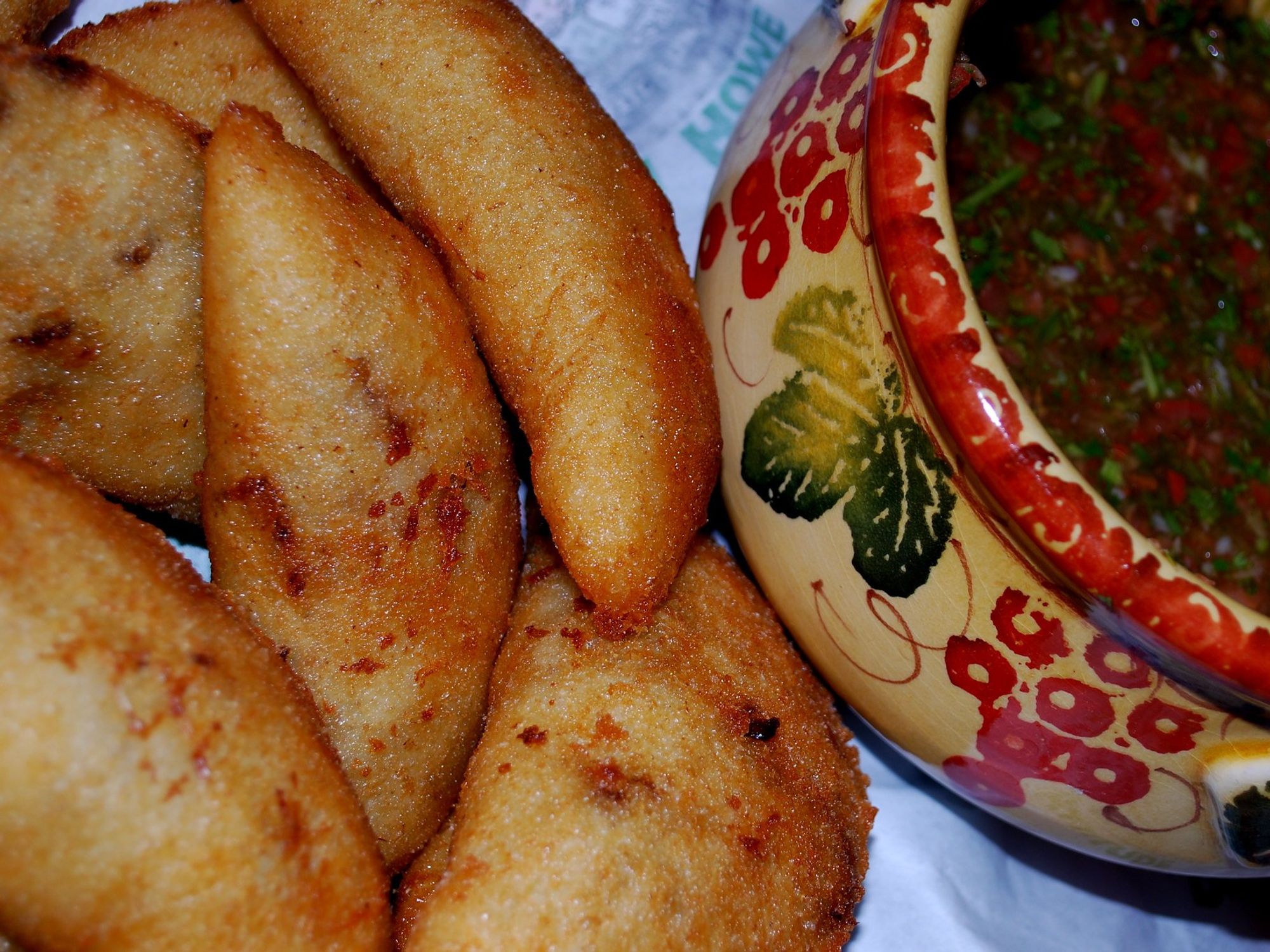
Photo by Edgar Zuniga Jr. on Flickr
Colombians love their empanadas, and they take their family recipes very seriously. In Colombia, empanada dough is made of instant corn flour known as “masarepa” and fillings tend to be savory. Empanadas are also fried, so the crispy texture is a must. They love using bell pepper, onion, and garlic in their stews, and Colombian empanadas are usually accompanied by “ají,” a tangy, spicy sauce that elevates and sharpens the flavors.
Empanadas from Venezuela
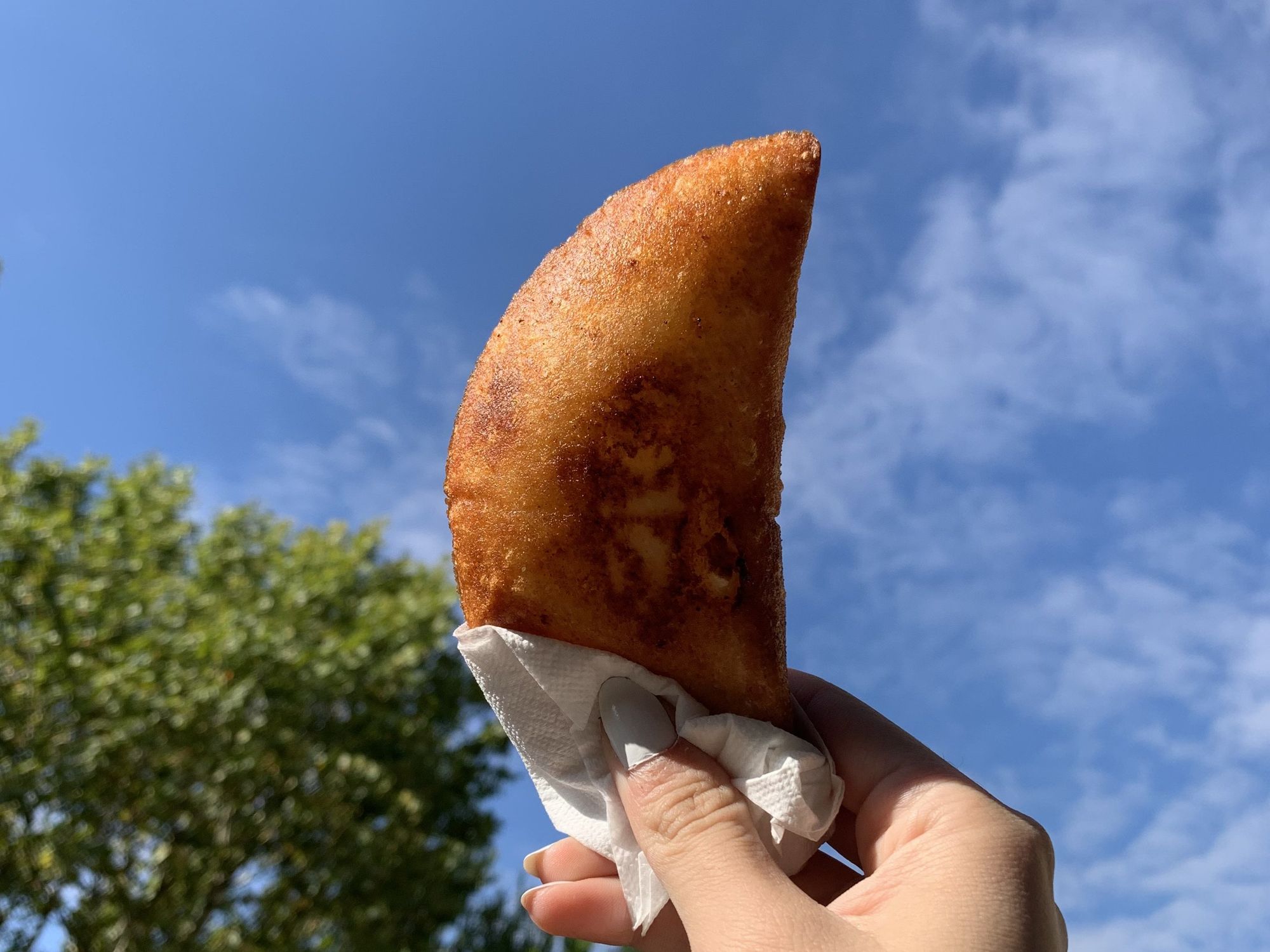
Photo by Valeria Silva on Wikimedia Commons
Venezuelan empanadas are similar to Colombian empanadas in that they’re savory and always fried. They’re made with “P.A.N” flour, which is a pre-cooked white corn meal, and sometimes they’re made with the yellow corn meal version of P.A.N flour, which gives the dough more color and flavor. Venezuelan empanada fillings are as varied as you can imagine! From something as simple as mashed potatoes and cheese, to “pabellón criollo” filling, which combines all the ingredients of the national dish. Namely, shredded beef, black beans, rice, and fried sweet plantain for sweet and savory combo.
Empanadas from Argentina
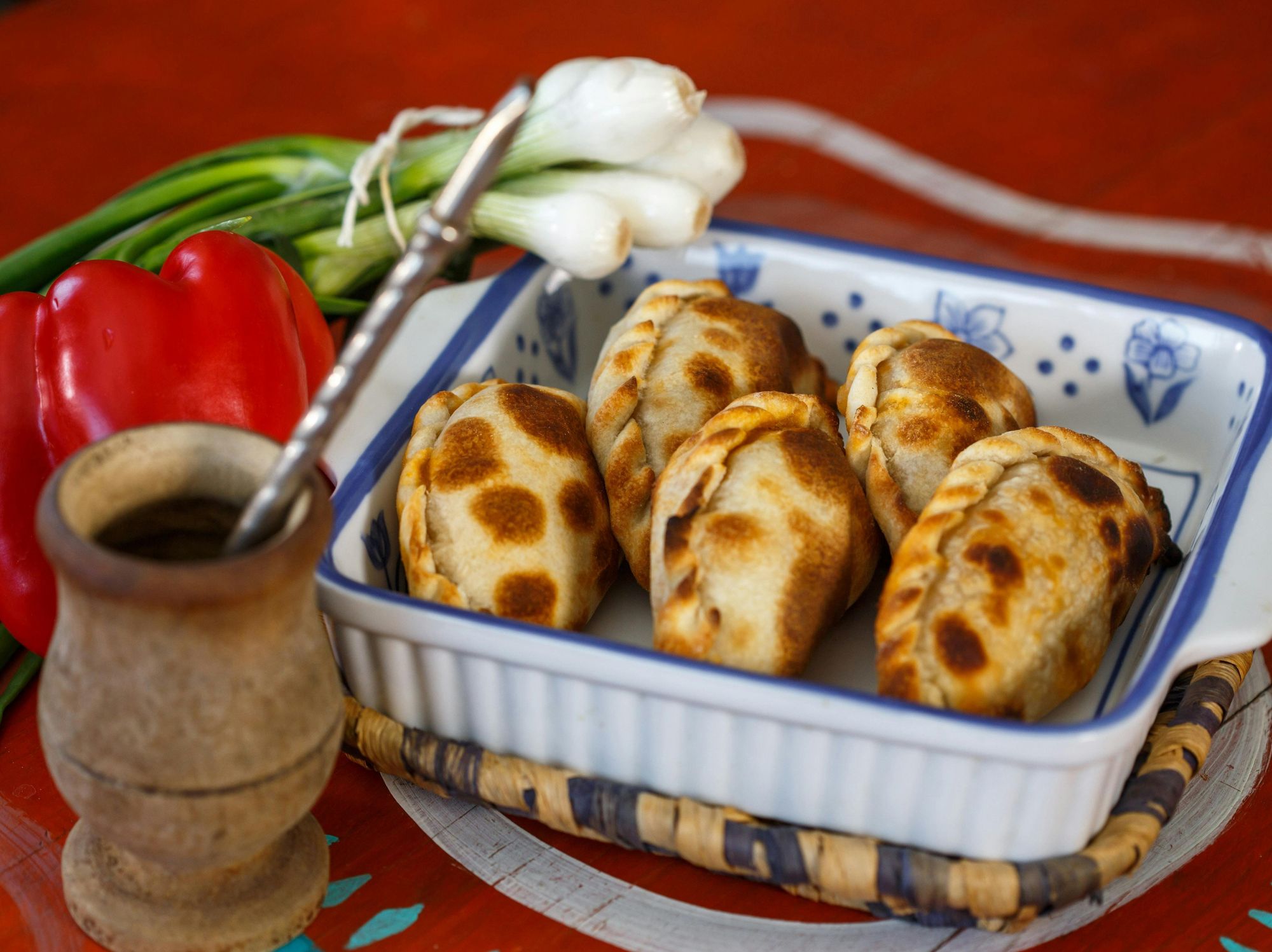
Argentinian empanadas are quite different in shape and flavor, so they’re also very popular. The main difference with other Latin American empanadas is that Argentinian empanadas are not made with corn flour, but rather wheat flavor. This makes the texture of the dough a bit flaky and tender but still crisp on the outside. Corn flour empanadas are heartier in comparison. In Argentina, empanadas can be baked or fried, and the most common fillings are ground beef, cubed beef, egg, and ham and cheese, among others. They’re also served with chimichurri, a delicious herb sauce that adds even more flavor.
Empanadas from Honduras

Photo by Instituto Cervantes de Tokio on Flickr
Empanadas in Honduras are known as “pastelitos” and they’re usually baked rather than fried. The dough is similar to Argentinian empanadas because it’s also made with wheat flour, making the empanadas resemble a pastry. The traditional fillings are meat and beans with cheese, so they’re quite hearty and delicious. Usually, they’re served with the Honduran version of pico de gallo, which is known as “chimol,” and it’s a must with every bite.
Empanadas from Mexico
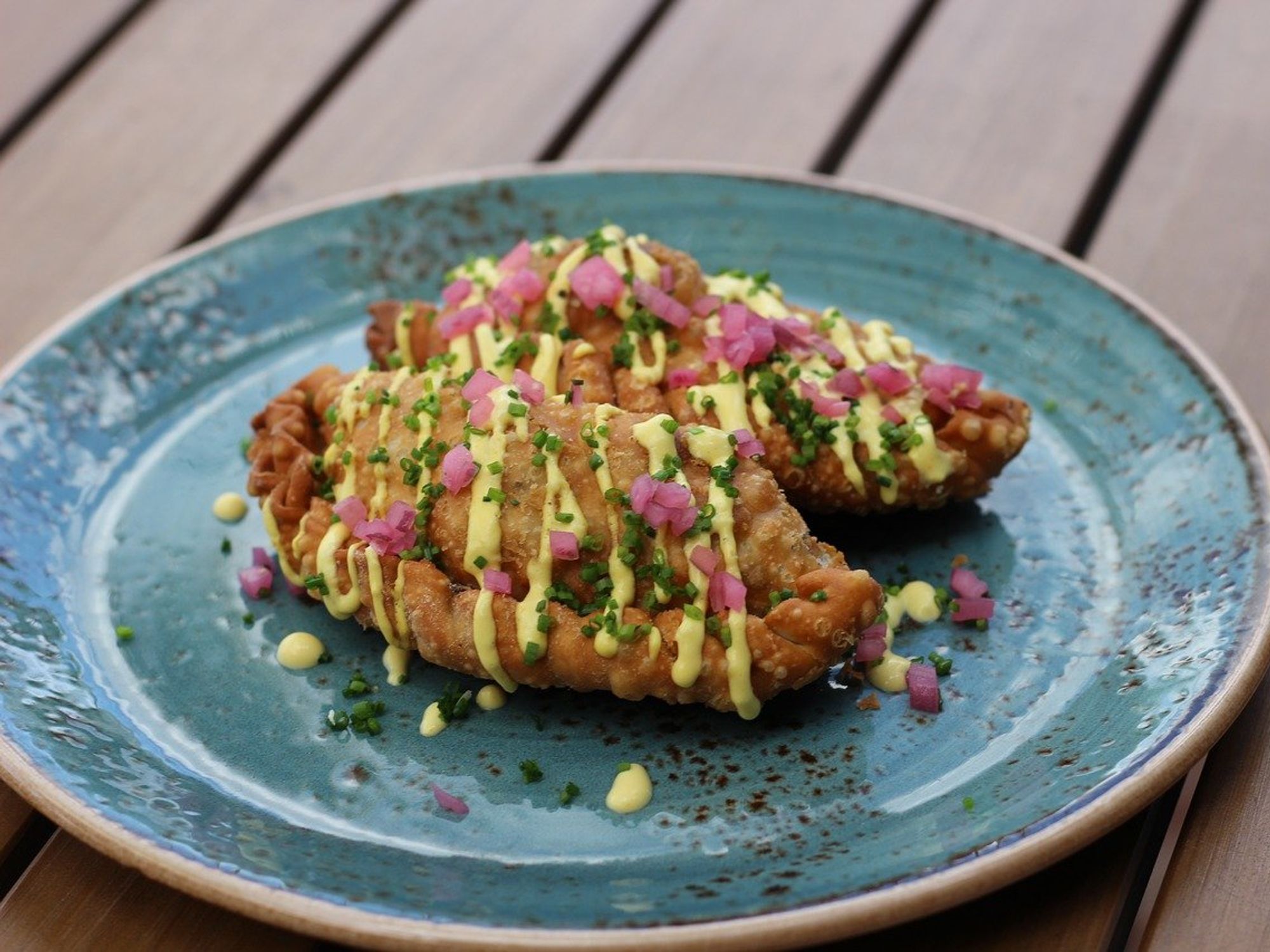
When people think about Mexican food, tacos or burritos are the first things that may come to mind. However, they also have empanadas, and they’re crazy good! In Mexico, you can find both wheat flour and corn flour empanadas, so there’s a good variety to enjoy. The fillings often include meat, more commonly chorizo, which offers a burst of flavor. However, the simple beans and cheese combination is also very popular, and for good reason.
Empanadas from Puerto Rico
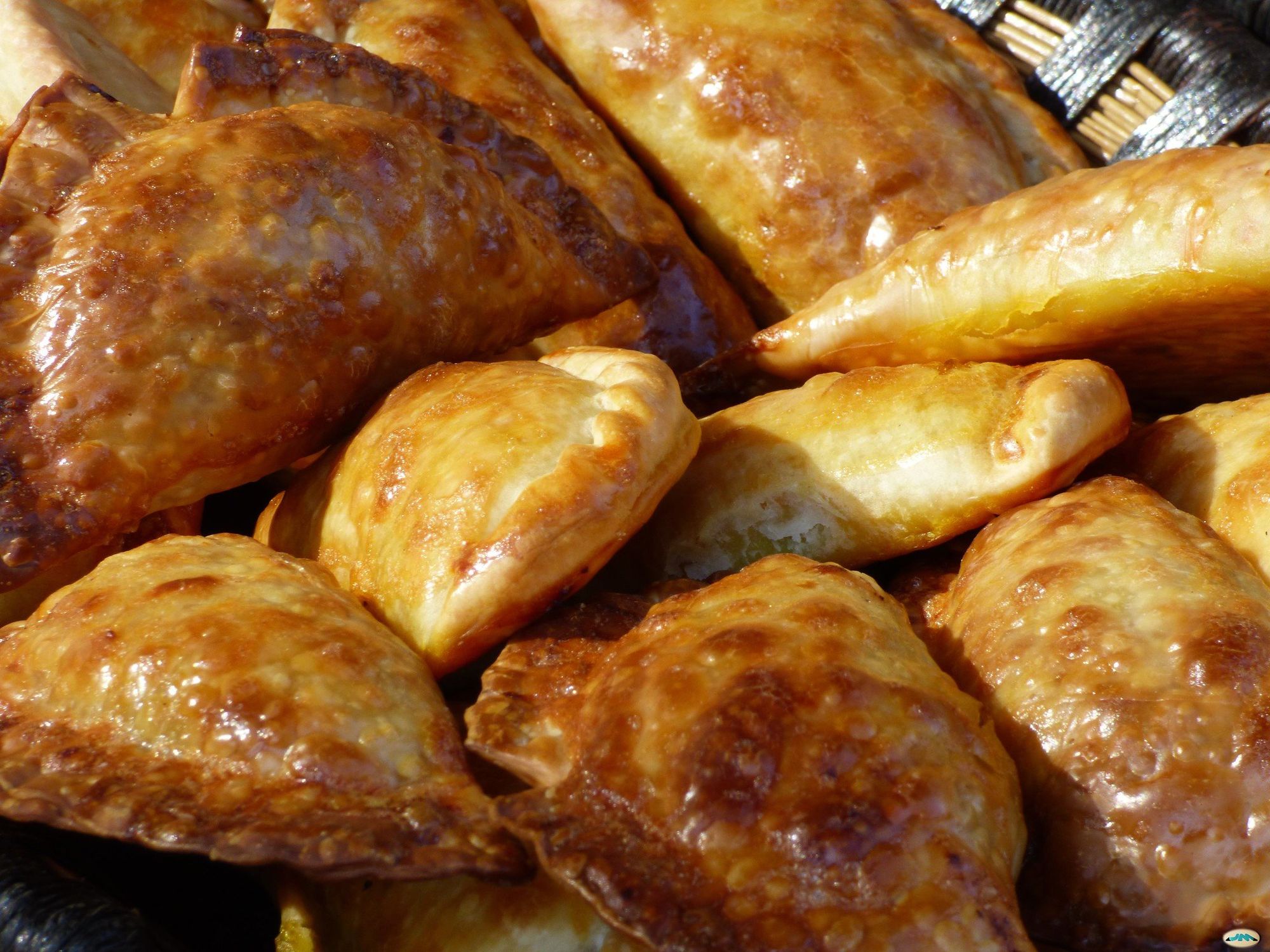
Photo by juantiagues on Flickr
Puerto Ricans don’t joke about their food, let alone their empanadas. Also known as “pastelillos” or “empanadillas,” Puerto Rican empanadas are known for their flaky texture and flavorful fillings, which are usually savory. In Puerto Rico, empanadas are made with pastry dough, so they’re also made with wheat flour. The dough is usually on the thin side, making these empanadas super crispy. The most common filling is ground beef with potatoes, but you can also find chicken and seafood fillings. Also, Puerto Rican empanadas are accompanied by a simple mayo-ketchup dip, which is the cherry on top. They’re a staple food bite at parties!
Empanadas from El Salvador

In El Salvador, empanadas are usually consumed as snacks or desserts because they’re both savory and sweet. Mostly sweet! They’re completely different from the other empanadas we’ve discussed so far because the dough is made of mashed sweet plantains and they’re usually coated with white sugar as well. The filling is usually refried beans, which helps balance out the sweetness. However, you can also find Salvadorian empanadas with milk filling, which is a soft cream made with milk, cornstarch, sugar, and cinnamon.
Empanadas from Peru
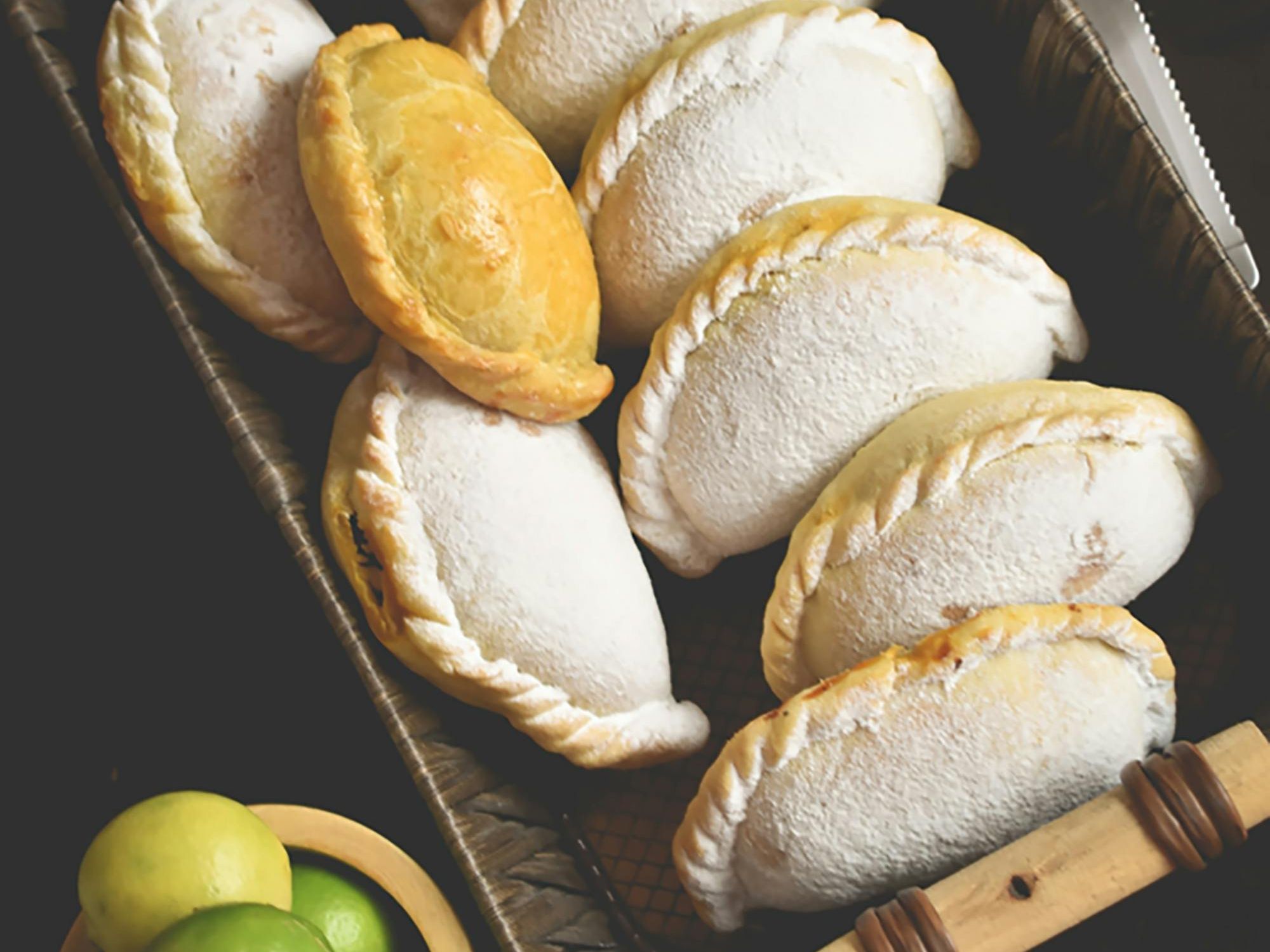
In Peru, empanadas are also quite different from the others we’ve explored here. The main difference is the dough, which is very similar to pizza dough. That makes the texture more similar to bread. They’re usually baked and on the thin side. The stars of the Peruvian empanadas are the fillings, though, which are very flavorful. The most typical filling is beef seasoned with ají panca, green olives, and hard-boiled eggs. The chili pepper adds mild spiciness and a nice smoky flavor, which adds complexity to the flavors.
Empanadas from Cuba

Cuban empanadas are not too different from Puerto Rican empanadas because they also use pastry dough. In Cuba, empanadas are flaky, crispy, and thin. As for fillings, they can be sweet or savory. Savory fillings usually involve ground beef and green olives, while sweet fillings combine cream cheese and guava paste. Whether you go for the sweet or the savory, Cuban empanadas offer a burst of flavor and it’s nearly impossible to have just one.
Empanadas from Chile

Photo by mabel flores on Flickr
Last but not least, we have Chilean empanadas, which are made with wheat flour and baked rather than fried. They tend to be sweet and savory, with the traditional filling consisting of ground beef or pork, black olives, and raisins. Sometimes, hard-boiled eggs enter the chat as well. Chilean empanadas are not for everyone because not everyone vibes with raisins, but if you do, this is a flavor combination you should definitely try.
There’s no denying that Latin American empanadas are amazing and the more varieties you try, the more you’ll fall in love with them!
- 7 Unique Latin American Dishes You Can Bring To Holiday Parties ›
- Flavors of Heritage: A Tour of Latino Gastronomic Festivals ›


 Promotional image provided by On Point Studios.
Promotional image provided by On Point Studios.  Promotional image provided by On Point Studios.
Promotional image provided by On Point Studios. 






